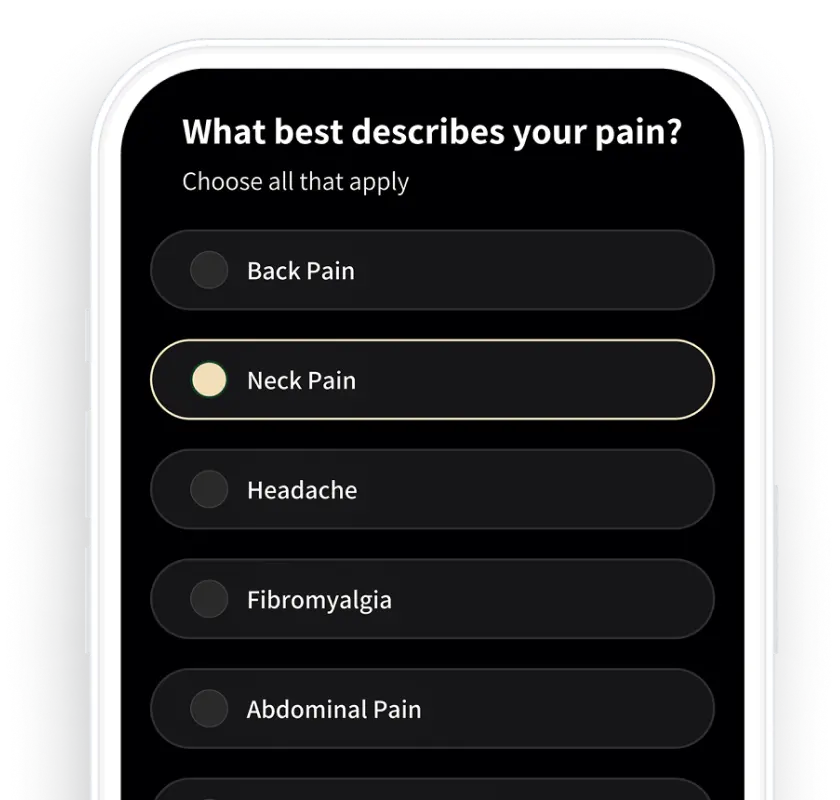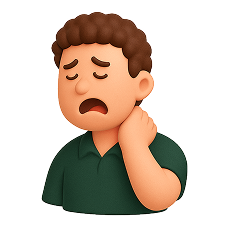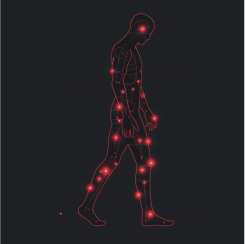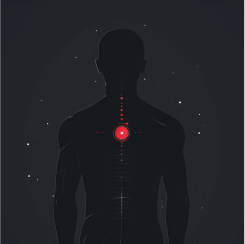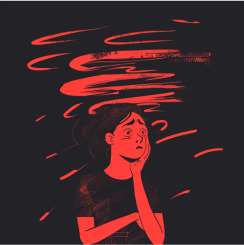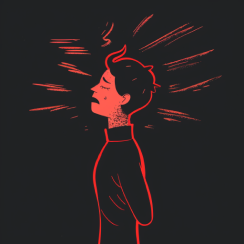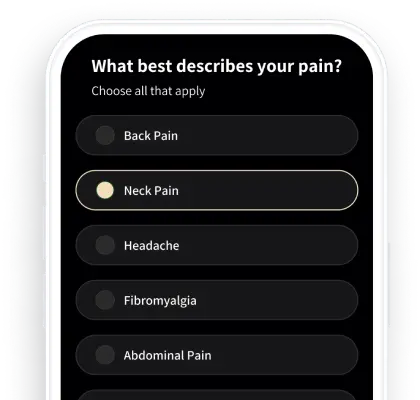What customers are saying...
Scientific pain relief, for chronic pain using neuroscience.
1.2 billion people globally endure chronic pain, yet latest breakthroughs in neuroscience offer newfound insights. Discover the right treatment and take control of your pain today.
While you might have been told otherwise, your pain doesn’t have to be forever.
The Science
If you’ve been dealing with pain for more than 3 months, Painapp is for you


Flagship Chronic Pain Management Solutions
Crafted with love by individuals who understand your journey.
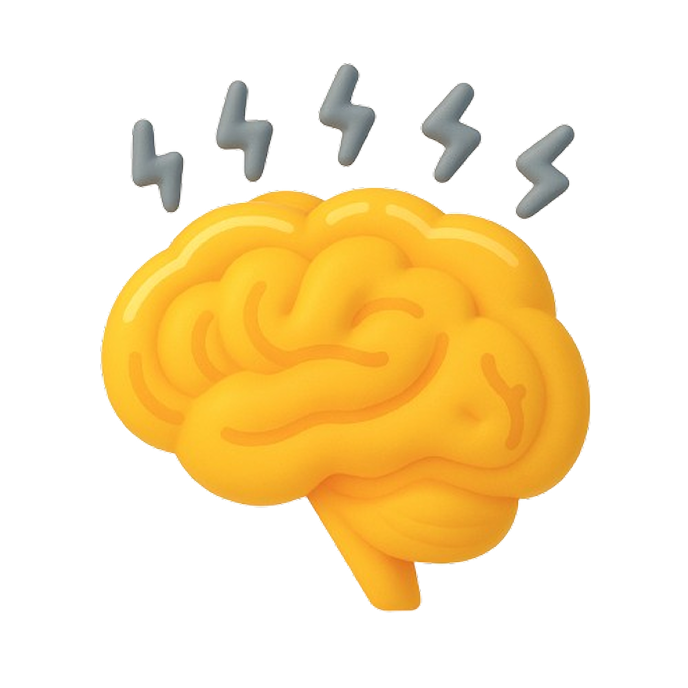
It all starts with accurate knowledge
Rewire your brain
Emerging neuroscience shows that our brains actively produce the sensations we feel in our bodies. Consider “phantom limb syndrome,” in which amputees continue to feel very real pain in limbs no longer there.
Knowledge Is Medicine.
Break Your Pain Cycle
It may sound surprising, but it’s true: learning about pain is one of the most effective treatments available. This approach, called Therapeutic Neuroscience Education, helps you understand how pain works in your brain and body—and how to break free from the cycle of chronic pain.
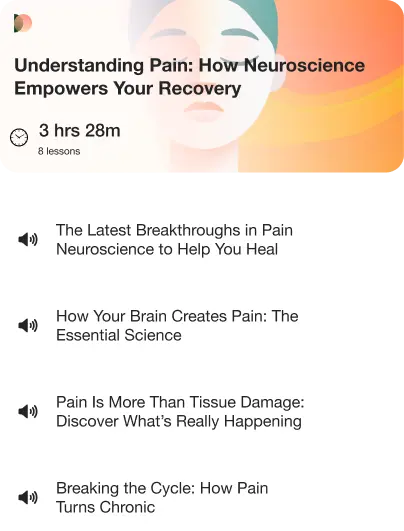
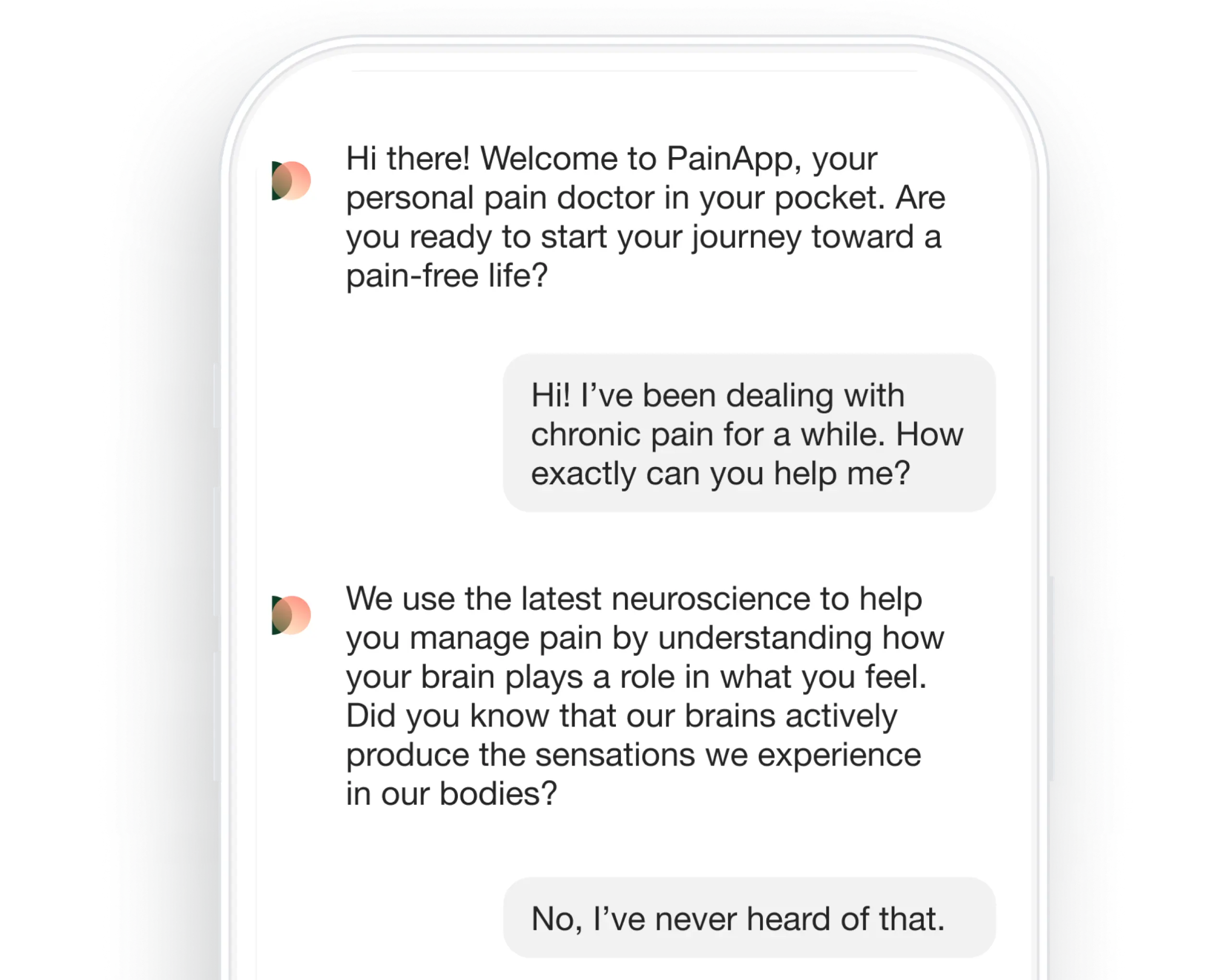
Your Personal Pain doctor
Anytime, Anywhere
Pain isn’t just physical—it’s personal. That’s why PainApp gives you a dedicated pain doctor to help you navigate and reduce chronic pain using neuroscience-based strategies. With guidance, relief is always within reach.
Build a better you
Pain tracking
Track your pain, discover insights, and receive personalized safety messages to improve your well-being. Our app empowers you to take control of your chronic pain by identifying patterns, triggers, and effective management strategies.
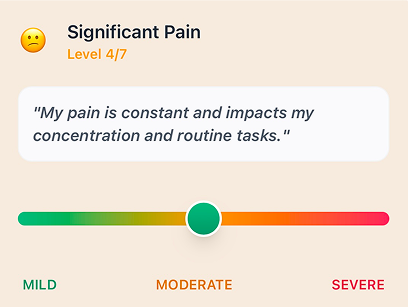


Frequently asked questions
You got questions we got answers
PainApp may be right for you if you are seeking a cutting-edge, scientific approach to managing and potentially overcoming chronic pain. Chronic pain is often persistent because its root causes have not been fully identified. PainApp aims to identify the factors driving your persistent symptoms through mind-body neuroscience tactics, offering therapeutic strategies to kick-start your recovery.
We believe that pain is not forever and should no longer define you. Our app provides support for a variety of conditions that may affect your daily life and happiness, including:
- Musculoskeletal Pain: Back Pain, Neck Pain, Whiplash, Fibromyalgia, Sciatic Pain Syndrome, Piriformis Syndrome, Chronic Tendinitis, Repetitive Stress Injury, Myofascial Pain Syndrome, Temporomandibular Joint (TMJ) Syndrome
- Gastrointestinal Pain: Abdominal Pain, Irritable Bowel Syndrome, Nausea, Unexplained Vomiting, Chronic Constipation, Chronic Diarrhea, Functional Dyspepsia
- Pelvic Pain: Pelvic Pain Syndromes, Interstitial Cystitis, Overactive Bladder Syndrome, Vulvodynia, Vaginismus
- Skin Conditions: Eczema, Psoriasis, Chronic Hives, Rosacea
- Headaches: Migraine, Tension, Cluster
- Heart and Autonomic Nervous System: Heart Palpitations, Shortness of Breath, Unexplained Chest Pain
- Mental Conditions: Anxiety, Depression, Obsessive Compulsive Disorder, Post-traumatic Stress Disorder, Insomnia
If you’re dealing with any of these conditions, PainApp might be a beneficial resource for you.
The app is not free, but it offers affordable pricing plans compared to other pain management services like pain coaches, which can charge upwards of $160 for a single session. Our app provides ongoing support and management for a much lower cost, with pricing plans starting at $34.99 per year or $12.29 per month. Also by choosing our app you’re not helping a CEO buy a 3rd vacation home. You’re supporting a small, independent team of designers and developers who have personal experience with debilitating chronic pain and are dedicated to creating effective tools and resources for individuals like you.
Your helps us continue to improve and expand our offerings, so that we can provide even better support for those living with chronic pain.
Thank you.
PainApp provides a comprehensive and science-backed approach to managing chronic pain. It harnesses the latest research in neuroscience, showing that our brains have the power to switch pain on and off. This insight is critical as it reveals that chronic pain is not merely a response to physical damage but can also arise in the absence of structural harm and persist due to neural pathways becoming sensitized.
PainApp teaches you that “pain is not just in your head” – it can be as real when triggered by emotional and psychological factors as it is by physical injuries. Chronic pain can become ‘stuck’, and our app is designed to help ‘unlearn’ these pain responses through evidence-based education and techniques.
Utilizing a holistic approach, the app helps you understand how emotions and life experiences can influence pain just as physical injuries do. It offers tools to retrain your brain’s response to pain, effectively addressing not just the symptoms but also the underlying non-physical triggers such as stress, anxiety, and fear. By learning and applying these principles, you gain the ability to potentially alleviate your pain, restore function, and improve your quality of life.
PainApp provides lessons, interactive tools, and personalized strategies to help you break the cycle of chronic pain, supporting the belief that “chronic pain can be cured” by rewiring how the brain processes pain signals. Through PainApp, you not only manage your pain but also reclaim the life you deserve, empowered by knowledge and supported by science.
Understanding the science of pain is pivotal in recognizing that pain is not just a physical sensation but also deeply influenced by psychological, emotional, and social factors. This holistic perspective stems from groundbreaking insights provided by neuroscience, which shows how our brains interpret and modulate pain even in the absence of physical injury.
The modern scientific approach reveals that pain can often be a learned response—meaning that the brain and nervous system can get into a habit of producing pain. This can occur even when the initial cause, such as an injury, has healed. Recognizing this can significantly alter how individuals approach pain management, shifting focus from merely treating physical symptoms to also addressing emotional and cognitive aspects.
Moreover, insights from pain science educate individuals on the neuroplastic abilities of the brain, meaning our nervous system’s pathways can be rewired. Treatment strategies, therefore, include not only medical interventions but also psychological therapies such as cognitive-behavioral therapy (CBT), mindfulness-based stress reduction (MBSR), and education about pain itself. These approaches help to “retrain” the brain, potentially reducing the brain’s pain response and improving the individual’s overall well-being.
The journey to recovery is often non-linear, as evidenced by numerous case studies and testimonials, but understanding the multifaceted nature of pain allows people to adopt more effective and personalized strategies for pain management. By empowering individuals with the knowledge that “chronic pain can be cured,” as the brain learns to rewire its perception of pain, there is hope and potential for a significant improvement in quality of life. This comprehensive approach encourages a more proactive engagement with health, where individuals learn not just to manage pain, but to move towards a state of health and vitality that transcends the limitations imposed by chronic pain. Thus, understanding the science of pain is not just about managing pain; it’s about transforming lives by addressing the root causes of pain on multiple levels—biological, psychological, and social.
Absolutely not. We recognizes that chronic pain is a genuine and often debilitating physical experience. It’s important to understand that while pain may originate from a physical injury, it involves complex processes within the brain that can continue even after the initial cause has healed.
The concept of pain being “all in your head” is a common misconception. Instead, it’s more accurate to say that pain is processed in your brain. For example, consider the phenomenon of “phantom limb syndrome,” where individuals experience pain in a limb that has been amputated. Clearly, there is no physical damage in the missing limb, yet the pain is real and intense. This occurs because the brain’s neural pathways, which used to receive signals from the now-absent limb, continue to fire, causing the sensation of pain.
PainApp explores how pain is not merely a signal from injured tissues but can also be influenced by emotions, stress, and previous life experiences. This is why emotional and psychological factors can intensify the perception of pain or even cause pain sensations in the absence of any physical harm.
Understanding this complex interplay allows us to employ strategies not just to manage but potentially alter the brain’s response to pain. By educating about and addressing these underlying factors, PainApp aims to provide more effective and comprehensive pain management strategies. This approach is grounded in neuroscience and offers hope that by reshaping how the brain interprets pain signals, chronic pain can indeed be mitigated and even reversed.
Yes, the brain has a remarkable ability to modulate the perception of pain. This capacity is not about turning pain on and off like a switch, but rather about influencing how pain is experienced. Research suggests that the brain can significantly alter the intensity and even the existence of pain based on various internal and external factors, including psychological and emotional states.
A compelling example of how the brain processes pain can be seen in cases like that of a builder who jumped onto a nail, experiencing severe pain because he believed he was severely injured. Remarkably, when his boot was removed, it was discovered that the nail had actually passed between his toes without causing physical injury. This incident illustrates that the anticipation and fear of injury can enhance the sensation of pain, a phenomenon driven by the brain’s expectation of harm.
This case demonstrates what is known in neuroscience as the “nocebo effect,” where negative expectations lead to more significant pain perception. Similarly, the “placebo effect” shows how positive expectations can result in pain relief. These effects highlight the brain’s role in interpreting signals based on context, past experiences, and emotional responses.
Understanding these mechanisms is empowering because it means that interventions that change our mental and emotional approach to pain—such as cognitive-behavioral therapy, mindfulness, and education about pain—can alter how we experience pain. This knowledge gives hope to those suffering from chronic pain, suggesting that while the pain they experience is real, there are scientifically supported strategies to manage and potentially diminish it by targeting how the brain processes pain signals.
Chronic pain is pain that persists or progresses over a long period, often with no clear cause or even after the initial injury has healed. Unlike acute pain, which typically follows an injury or illness and resolves as the body heals, chronic pain can be maintained by factors beyond physical damage. It involves the brain’s pain processing pathways becoming sensitized. This can occur due to various stresses such as anxiety, unresolved emotional conflicts, or past trauma, leading to a cycle where the nervous system remains in a heightened state of alert, interpreting even normal signals as pain.
This understanding helps differentiate chronic pain from acute pain, highlighting that chronic pain is not simply a prolonged version of acute pain but a complex and distinct condition. Recognizing these mechanisms opens the door to targeted treatments that address the underlying neural and psychological processes, providing hope and pathways for those suffering from chronic pain to potentially mitigate their symptoms through scientifically grounded interventions.
You deserve to be pain free.
You may have been told otherwise, but your pain doesn’t have to be forever.
